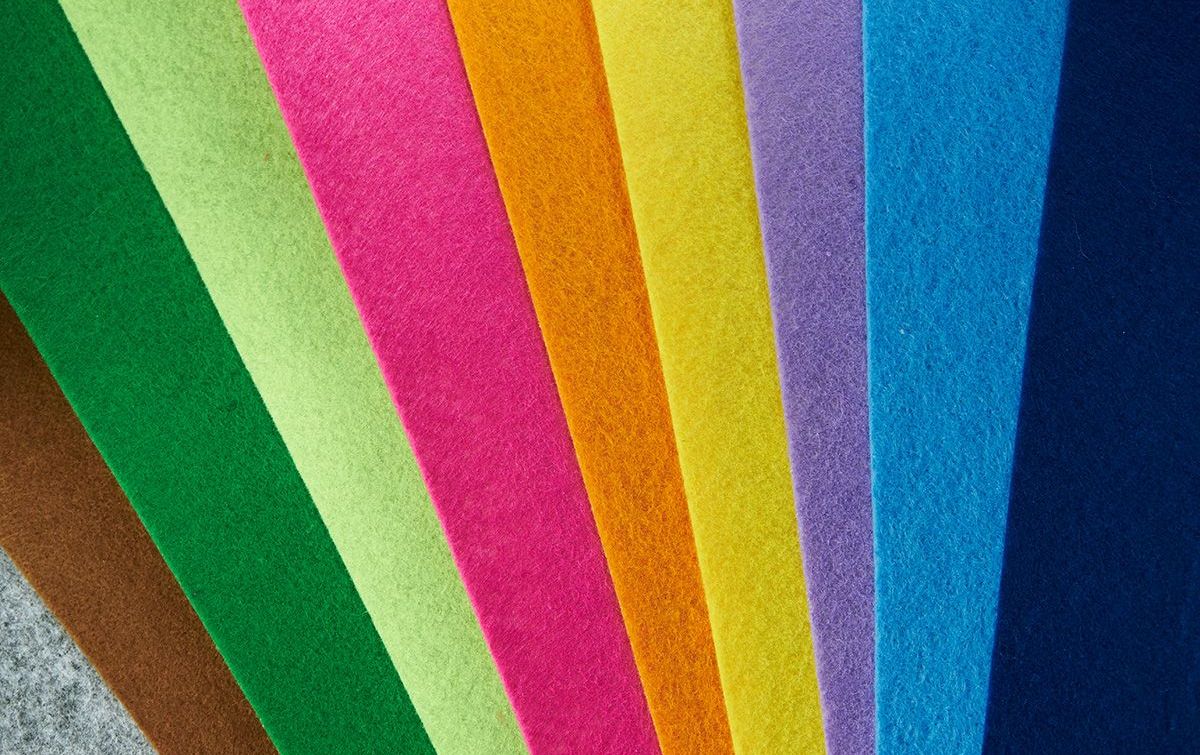By Mihaela Buzec
The modern office is expected to do its part in inspiring creativity, streamline workflow, reduce distractions and even stimulate focus. Given the subtle psychological effect that the characteristics of our physical environment have on most of us, intelligent office design goes beyond work station layout, and also includes the importance of visual texture and a well-chosen color palette.
Choosing the right colors greatly depends on individual taste. However, in an office it is important to offer both variety and balance in order to dispel monotony while avoiding overstimulation. To appeal to most employees, the best trick is to go for pale shades of otherwise powerful colors, and to combine that with accents and details that stand out. Don’t be afraid to experiment since all great art – including interior design – needs a little spontaneity.
Here are five colors that stimulate focus along with tips on how to best incorporate them into your work environment.
Green
Maybe green is such a great color for office decoration because it touches our ancestral bond with nature, but whatever the reason, green is an excellent choice for spaces with a lot of natural light as well as offices that depend on more artificial illumination. Green boosts productivity while sustaining a general feeling of calm and therefore it ranks among the top decorative choices for stimulating focus. You can opt for a pale or dusty green for the walls of the office, you can add green details, or do both. Of course, real plants are always a good addition to the office, since they help improve air quality in addition to making the workplace more beautiful.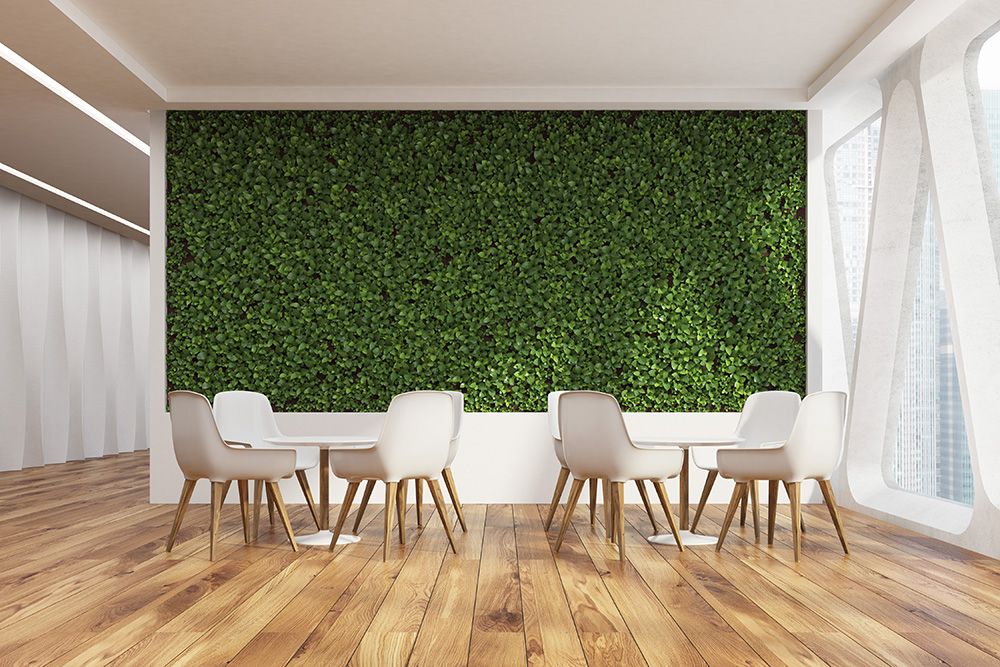
Blue
The color of the sky and water is often associated with tranquility and has been noted to help office workers focus on their tasks. It is especially useful in carrying out assignments that require intense or stressful mental effort. However, too strong a shade or too much blue can be counterproductive by creating a colder feeling. When painting walls, try for a shade that does not overwhelm the room, such as a faint blue combined with white and gray strokes, to mimic the sky or the sea. Alternatively, have turquoise sofas in a corner, or add some aquamarine elements that would act as focal points.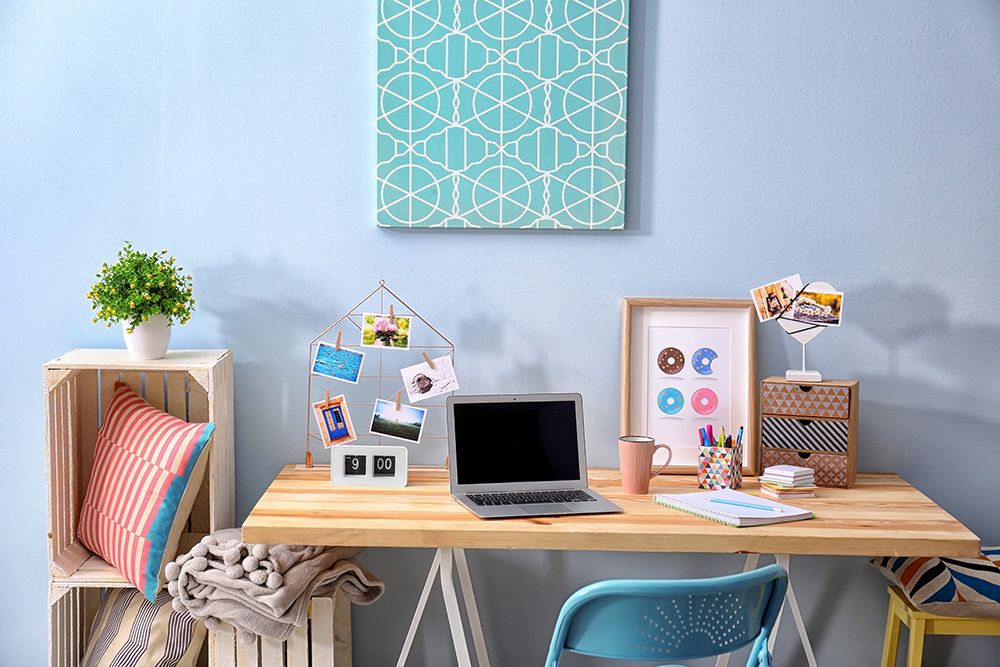
Yellow and Orange
Warm colors also work to improve creativity, and they can even give your mood a positive boost. Combine muted tones of yellow and orange to create a background that mimics sunlight, especially if you are in an office that benefits from little natural light, but abounds in screens. You can incorporate decorative elements like sunflowers, yellow and orange pottery, sofas, and shelves, all of which work well with blue or green backgrounds. However, be careful of the intensity, as too strong a shade of these warm colors can become distracting.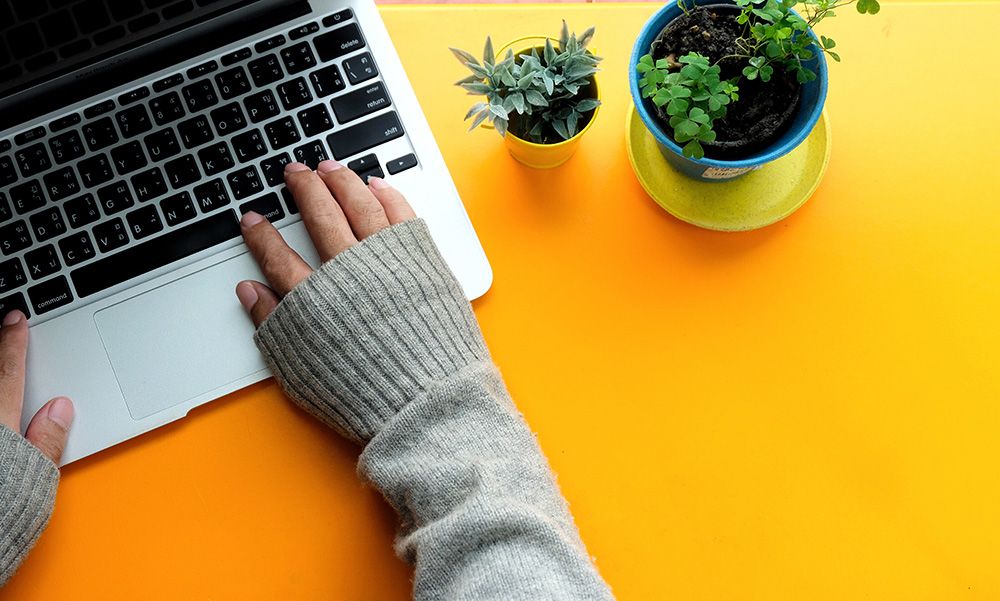
Purple
Purple is widely associated with rejuvenation, spirituality, and a sense of dignity. While not the best choice when it comes to painting walls, it can work wonders in the form of other decorations. Although attention-grabbing, purple can stimulate focus and induce productivity by reducing anxiety. Incorporate some purple accents throughout the office, combined with yellow decorations. These two colors are complementary and bringing them together creates a sense of balance in the workspace.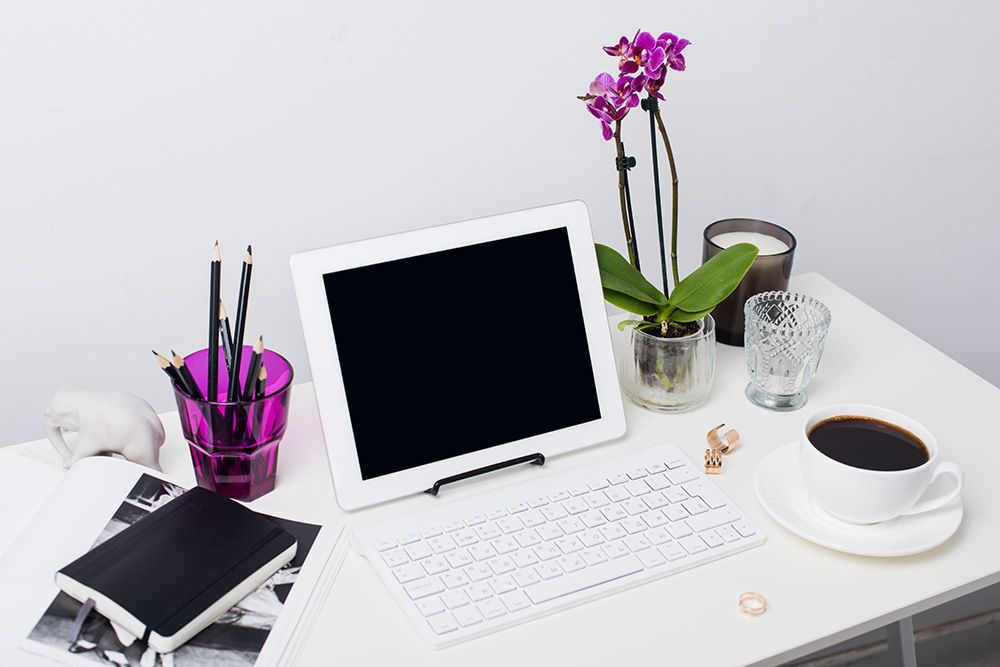
Gray
Some subtle gray is neutral and calming, and it helps improve focus by balancing and toning down distracting elements. If used in abundance it can induce monotony, so be sure to pick the right shade and use it sparingly. A great contrast to rely on is gray and green, a combination often found in nature; imagine a green garden with large gray rocks, on a cloudy day. Such a palette is an excellent way to create a vibe that increases focus and reduces anxiety. If combined with white, gray can evoke silver, which is commonly associated with clarity and a powerful intellect.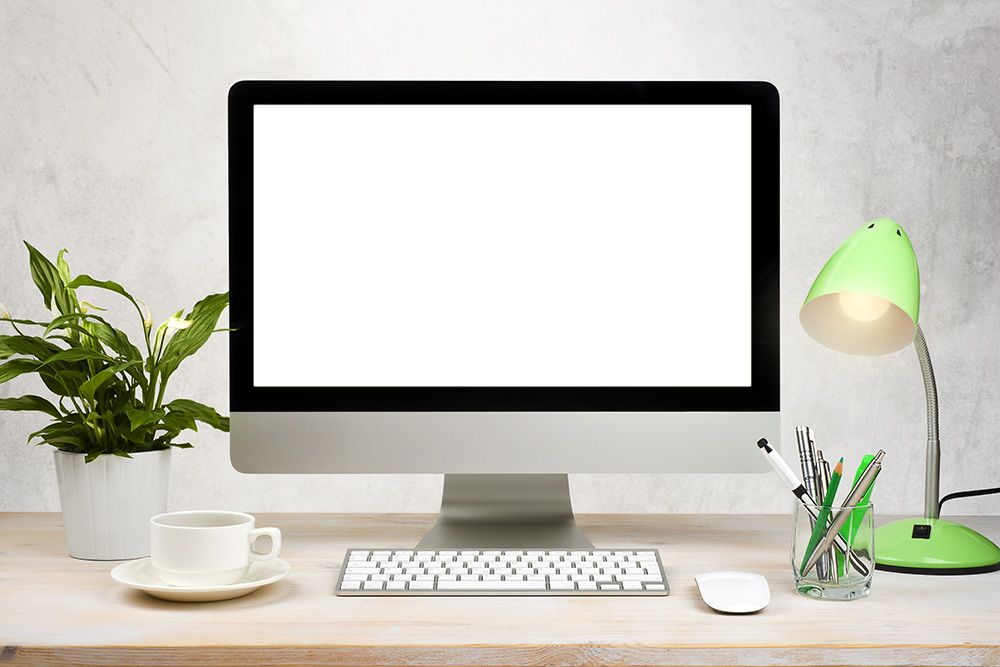
Images courtesy of Shutterstock

